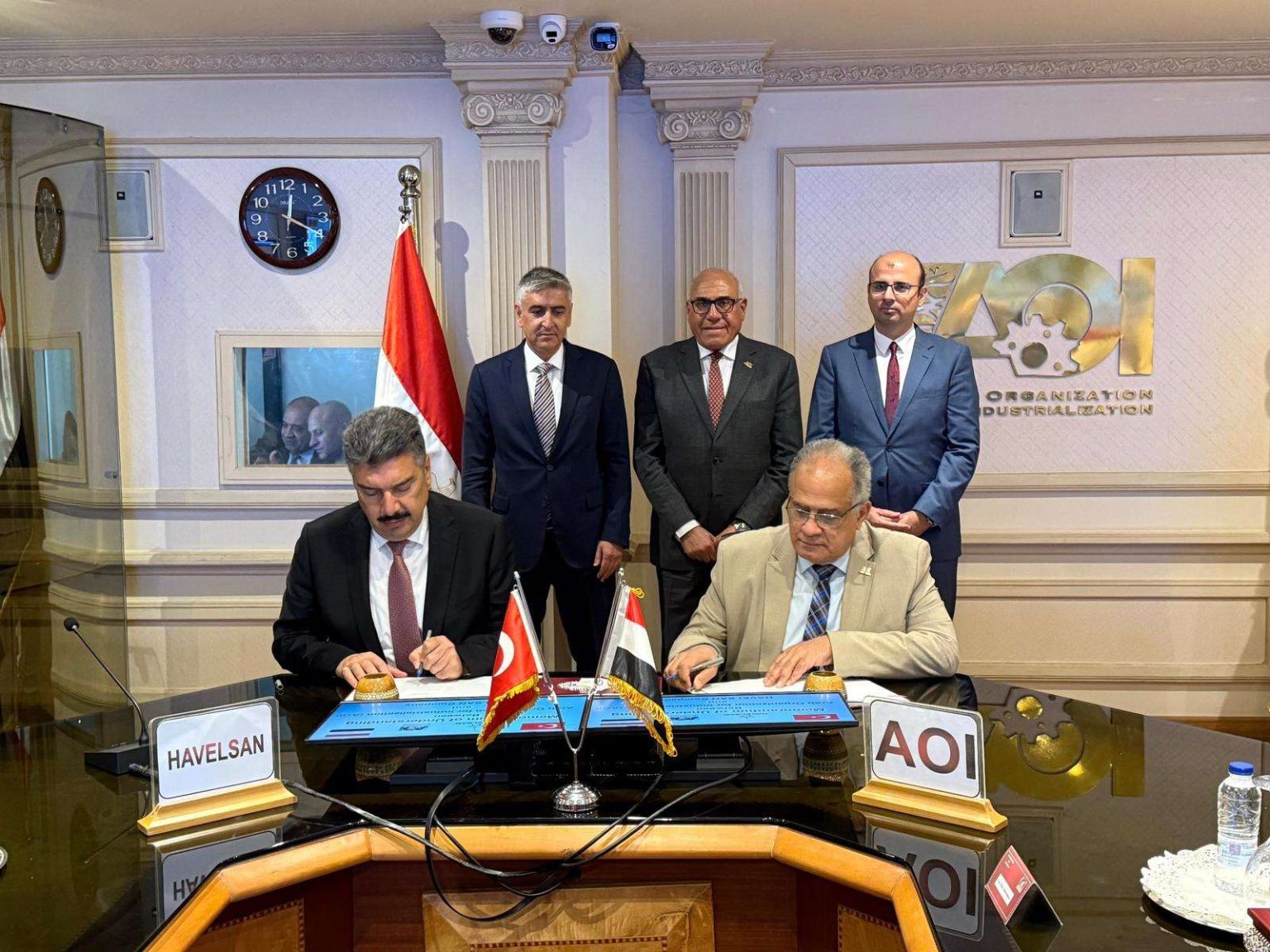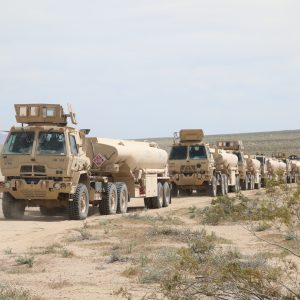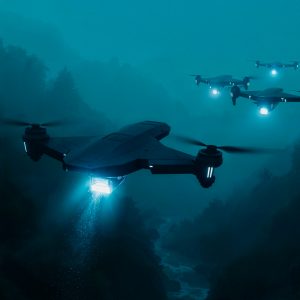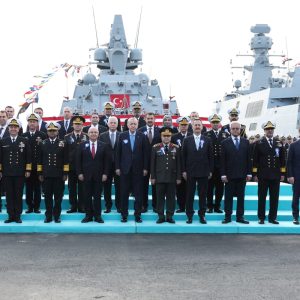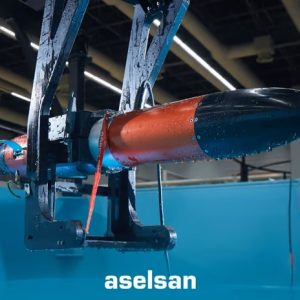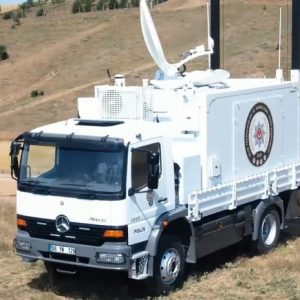HAVELSAN–AOI autonomous UAV partnership signals a decisive pivot toward regionalized unmanned systems manufacturing across North Africa. Under the new framework, HAVELSAN and Egypt’s Arab Organization for Industrialization (AOI) will assemble and co‑produce autonomous unmanned aerial vehicles tailored to local requirements while targeting African export markets.
“This cooperation is not only about production; it is also a major step toward technological independence and sustainable exports,” AOI Chairman Mokhtar Abdel Latif noted at the signing. HAVELSAN CEO Dr. Mehmet Akif Nacar underscored the focus on scalable, high‑performance solutions for Egypt and Africa.
Why this deal matters now
This agreement sits at the intersection of three trends in Africa’s defence market. First, demand is rising for ISR drones that can survive in contested electromagnetic environments. Second, governments are pushing localization to reduce import dependence. Third, budgets are tight as forces modernize across many domains. Therefore, local assembly and co‑production can shorten lead times, lower sustainment costs, and tailor systems to Egypt’s climate, terrain, and CONOPS.
Platform family and technical baseline
Public statements point to HAVELSAN’s “sub‑cloud” family—BAHA, BULUT, and BOZBEY—as the likely baseline. These fixed‑wing VTOL platforms enable runway‑independent launch, persistent surveillance, and robust command links. In doctrine, “sub‑cloud” means operating below cloud layers at low to medium altitude. This is where border security, infrastructure patrol, and coastal surveillance need quiet aircraft with long endurance and quick retasking.
- BAHA combines electric VTOL lift with a gasoline pusher for cruise, enabling quick launch from austere sites while maintaining multi‑hour endurance. The type is optimized for ISR, target detection, and dynamic retasking under GPS‑denied conditions.
- BULUT extends the concept with increased payload capacity and fully autonomous flight control, including link‑loss recovery, handover between ground stations, and EO/IR/LRF sensor integration for day‑night operations.
- BOZBEY adds modularity for mission‑specific payloads (from wide‑area surveillance to comms relay) and has been tested for maritime applications, including operations from small decks.
Together, these attributes suit Egypt’s requirements: long coastlines, porous land borders, and expanding critical‑infrastructure corridors (energy, logistics, SLOCs). A co‑production line under the HAVELSAN–AOI autonomous UAV partnership can tune propulsion, sensor, and datalink packages to local needs, while developing an indigenous maintenance, repair, and overhaul (MRO) base.
Industrial logic: localization, sustainment, and export
Egypt has prioritized defence industrial localization under Vision 2030. AOI, the state’s industrial backbone, pursues joint ventures that transfer skills and grow domestic supply chains. This partnership fits that playbook. The HAVELSAN–AOI autonomous UAV partnership fits this template:
- Localization & skill transfer: Co‑production builds a skilled workforce in airframes, avionics integration, and software assurance. Over time, this enables line‑replaceable unit (LRU) manufacture and subsystem coding within Egypt.
- Sustainment edge: Local assembly accelerates turnaround for depot‑level maintenance, reduces foreign‑currency exposure in spares, and enhances fleet availability—key for border‑security rhythms and maritime constabulary tasks.
- Export vector: With AOI’s established state‑to‑state channels across Africa and the Arab world, the line can compete on cost, delivery tempo, and supportability—three variables that typically decide drone procurements in emerging markets.
From HAVELSAN’s perspective, the HAVELSAN–AOI autonomous UAV partnership deepens a footprint it has been building through export wins and demonstrations on the continent. A regional hub in Egypt offers proximity to end‑users, operational feedback loops for rapid product iteration, and leverage for cross‑domain offerings—e.g., integration with C2 frameworks, cyber‑secure datalinks, and AI‑enabled tasking.
Operational use‑cases in the African theatre
Beyond generic ISR, the partnership maps to mission sets where sub‑cloud VTOL UAVs excel:
- Border and coastal security: Rapid, runway‑independent launch for patrols over desert and littoral zones; persistent track‑and‑trace of smuggling routes and illegal fishing.
- Critical‑infrastructure protection: Pipeline, power‑line, and port monitoring with automated anomaly detection and geofenced alerting.
- Maritime domain awareness (MDA): Shipborne VTOL operations to extend the sensor horizon of patrol craft; cueing to coastal radar and AIS networks.
- Disaster response & civil support: Post‑event assessment and search‑and‑rescue imagery when weather precludes higher‑altitude platforms.
These roles exploit the core advantages of the HAVELSAN–AOI autonomous UAV partnership: small logistical footprint, autonomous flight stacks, and networked command‑and‑control that can ride on existing tactical communications.
Risks and what to watch
Ambitious co‑production deals often face hurdles. Three bear monitoring:
- Certification and export approvals: Technology‑transfer, software modules (especially EW hardening), and encrypted datalinks may require tiered release packages. Sequencing approvals without derailing timelines will be critical.
- Supply‑chain resilience: VTOL propulsion units, optics, and chips remain globally constrained. Local second‑sourcing under AOI will mitigate risk, but initial batches may still depend on imported long‑lead items.
- Lifecycle cost discipline: The competitiveness of the HAVELSAN–AOI autonomous UAV partnership will hinge on predictable O&S cost curves. Establishing an Egypt‑based MRO center with performance‑based logistics can anchor availability.
Strategic implications for Türkiye–Egypt ties
An autonomous UAV line anchored in Cairo adds durable content to the current rapprochement between Türkiye and Egypt. Industrial interdependence—tooling, QA regimes, and shared training pipelines—creates constituencies on both sides that favor stability and continued cooperation. It also positions Egypt as a platform state for Turkish unmanned systems across Africa, while offering Türkiye a testbed to showcase “platform‑plus‑software” packages that blend air vehicles, C2 suites, and cyber‑hardened networks.
Key Facts
Internal context
For broader market trends, see our briefing on defence and aerospace strategic trajectories and how regional localization shapes procurement cycles across NATO partners and adjacent markets.
Conclusion
The HAVELSAN–AOI autonomous UAV partnership is more than a supply contract; it is a capacity‑building play that fuses platform design with industrial policy. If the partners synchronize certification, supply‑chain localization, and MRO build‑out, Egypt can field a scalable drone enterprise able to support domestic security priorities and compete credibly across Africa. For HAVELSAN, the venture extends its “sub‑cloud” concept into a regionalized production and support network—aligning technology with geography, and strategy with sustainment.
References
- Defense Arabia — Strategic Partnership Between HAVELSAN and AOI in Autonomous UAV Production (news link provided by the user). Link
- Arab Organization for Industrialization (AOI) — The AOI and the Turkish global company Havelsan cooperate in various manufacturing fields (official). Link
- Anadolu Agency / Daily Sabah — report indicating co‑production of BAHA, BULUT, BOZBEY. Link
- HAVELSAN — BAHA product page. Link
- HAVELSAN — BULUT product page. Link
- HAVELSAN — BOZBEY datasheet (PDF). Link
- Breaking Defense — BAHA inducted into Turkish Land Forces (context). Link

